Comprehensive Exploration of Fuel Cell Technology
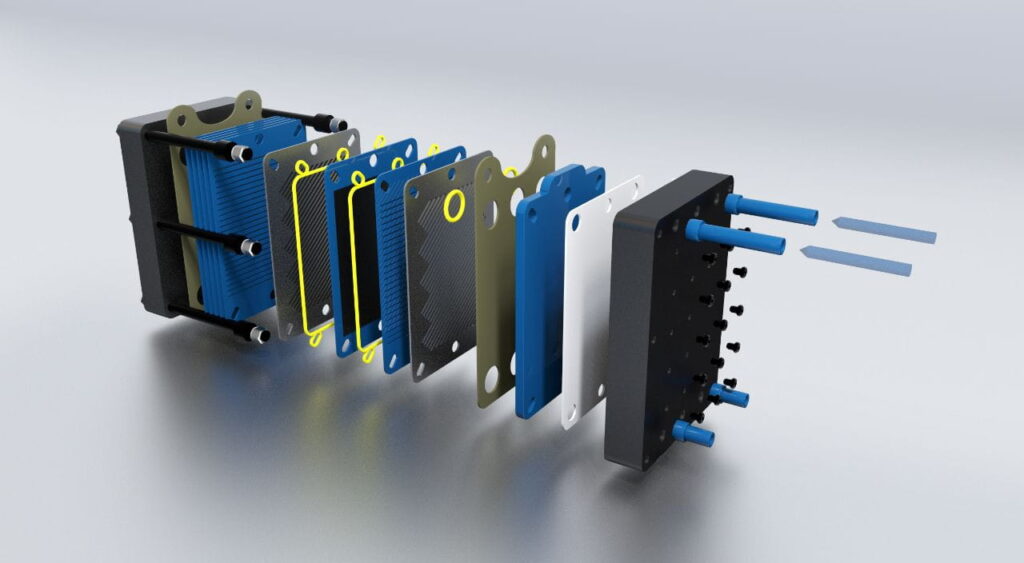
Fuel Cell Technology, a beacon of hope in the quest for sustainable energy solutions, has carved a niche for itself as a clean and efficient alternative to conventional power generation. We will delve into the intricate facets of fuel cell technology, providing a comprehensive overview that spans its definition, diverse types, myriad applications, and intriguing facts. Through this journey, we aim to unravel the mysteries that make fuel cells a pivotal player in the renewable energy landscape.
Definition of Fuel Cell Technology
At its essence, a fuel cell is a marvel of electrochemical engineering, a device that converts the chemical energy of a fuel and an oxidizing agent directly into electrical energy. Departing from the inefficiencies of traditional combustion processes, fuel cells operate with heightened efficiency, offering a direct and cleaner pathway to electricity generation.
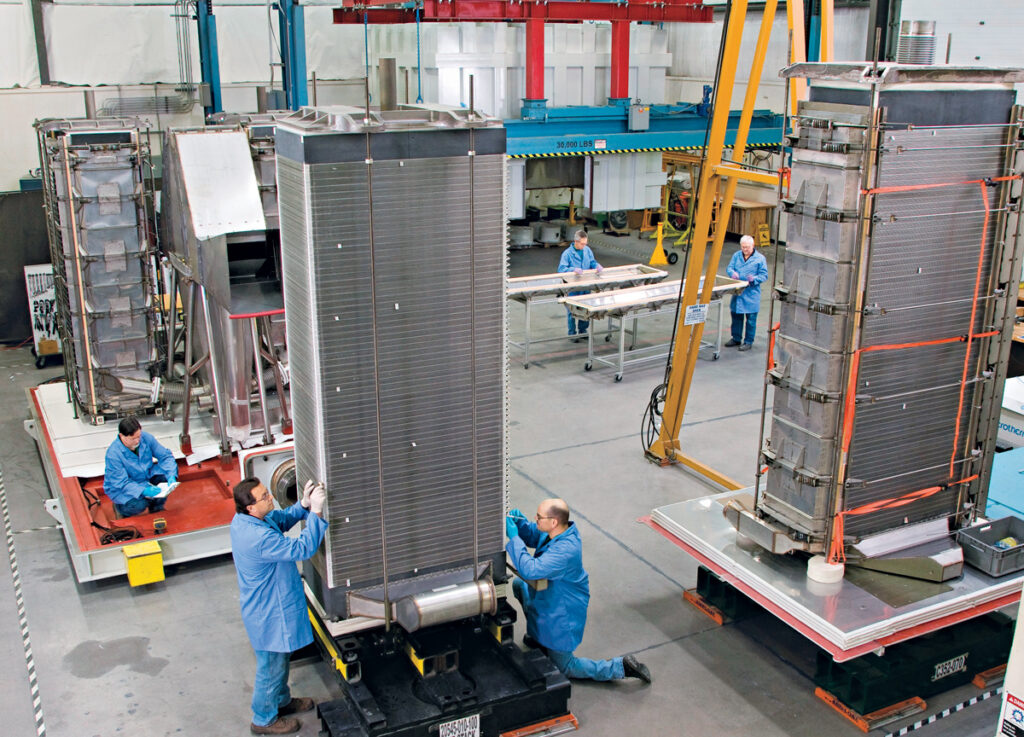
Pioneering the Path: The Early Days of Fuel Cell Technology
In the intricate tapestry of technological evolution, the history of fuel cell technology stands as a testament to human ingenuity and the quest for sustainable energy solutions. As we embark on this journey through time, let’s unravel the beginnings of fuel cell innovation and the trailblazers who laid the foundation for a cleaner and more efficient future.
Discovering the Power of Hydrogen
The story of fuel cells dates back to the early 19th century when Sir William Grove, a Welsh scientist, first discovered the principle of the fuel cell in 1839. Grove’s experiments focused on electrolysis, the process of splitting water into hydrogen and oxygen using an electric current. During these investigations, he stumbled upon a phenomenon later coined as the reverse process—combining hydrogen and oxygen to generate electricity.
Grove’s work, published in a series of papers titled “On Voltaic Series,” marked the inception of fuel cell technology. He conceptualized a device capable of producing electricity directly from the reaction between hydrogen and oxygen, envisioning a novel and sustainable energy source.
Read also our article about Global Hydrogen Trends and Innovations in 2024.
William Grove’s Glimpse into the Future
Born in 1811, Sir William Robert Grove was not just a scientist but also a polymath with interests spanning law, science, and philosophy. His curiosity led him to explore the realms of electrochemistry, ultimately leading to the revolutionary discovery of the fuel cell.
Grove’s fuel cell design consisted of two platinum electrodes immersed in dilute sulfuric acid, with a layer of porous material separating them. The chemical reaction between hydrogen and oxygen at the electrodes produced electricity and water, laying the groundwork for the basic principles of fuel cell operation. Grove referred to this device as a “gas battery,” a term that would later evolve into the widely recognized “fuel cell.”

While Grove’s invention was groundbreaking, it remained largely theoretical during his lifetime. The practical application of fuel cells awaited further developments in materials and engineering, a journey that subsequent innovators would undertake in the years to come.
As we conclude this first chapter in the history of fuel cell technology, we honor Sir William Grove for his visionary contributions. Little did he know that his “gas battery” would spark a revolution, setting the stage for a future where clean and sustainable energy sources would become not just a dream but a reality. The subsequent chapters will delve into the challenges, triumphs, and pioneers who shaped the intricate narrative of fuel cell technology.
Types of Fuel Cells
Proton Exchange Membrane (PEM) Fuel Cells:
- Also known as polymer electrolyte membrane fuel cells.
- Employ a solid polymer electrolyte to facilitate the conduction of protons.
- Found in applications such as fuel cell vehicles, contributing to the evolution of sustainable transportation.
Solid Oxide Fuel Cells (SOFC):
- Distinguished by their operation at elevated temperatures, typically ranging between 500 and 1,000 degrees Celsius.
- Ideal for stationary power generation, exhibiting versatility in utilizing various fuels, including natural gas and biogas.
Molten Carbonate Fuel Cells (MCFC):
- Thrive in high-temperature environments, typically operating between 600 and 700 degrees Celsius.
- Suited for large-scale power generation in industrial settings, with carbonate electrolytes enhancing efficiency and reducing greenhouse gas emissions.
Alkaline Fuel Cells (AFC):
- Distinguished by their operation at elevated temperatures, typically ranging between 500 and 1,000 degrees Celsius.
- Ideal for stationary power generation, exhibiting versatility in utilizing various fuels, including natural gas and biogas.
- Thrive in high-temperature environments, typically operating between 600 and 700 degrees Celsius.
- Suited for large-scale power generation in industrial settings, with carbonate electrolytes enhancing efficiency and reducing greenhouse gas emissions.
- Historically employed in space missions, showcasing their reliability in demanding environments.
- Utilize an alkaline electrolyte, typically potassium hydroxide, boasting high efficiency and potential applications in space exploration.
Applications of Fuel Cell Technology
Fuel cell technology is versatile, with applications spanning transportation, stationary power generation, portable devices, and industries. Fuel cell vehicles (FCVs) are gaining traction as eco-friendly alternatives in the automotive sector. Stationary power generation relies on fuel cells for reliability, especially through Solid Oxide Fuel Cells (SOFC) and Molten Carbonate Fuel Cells (MCFC). Portable devices benefit from fuel cells, and industries use them for clean power in manufacturing processes.
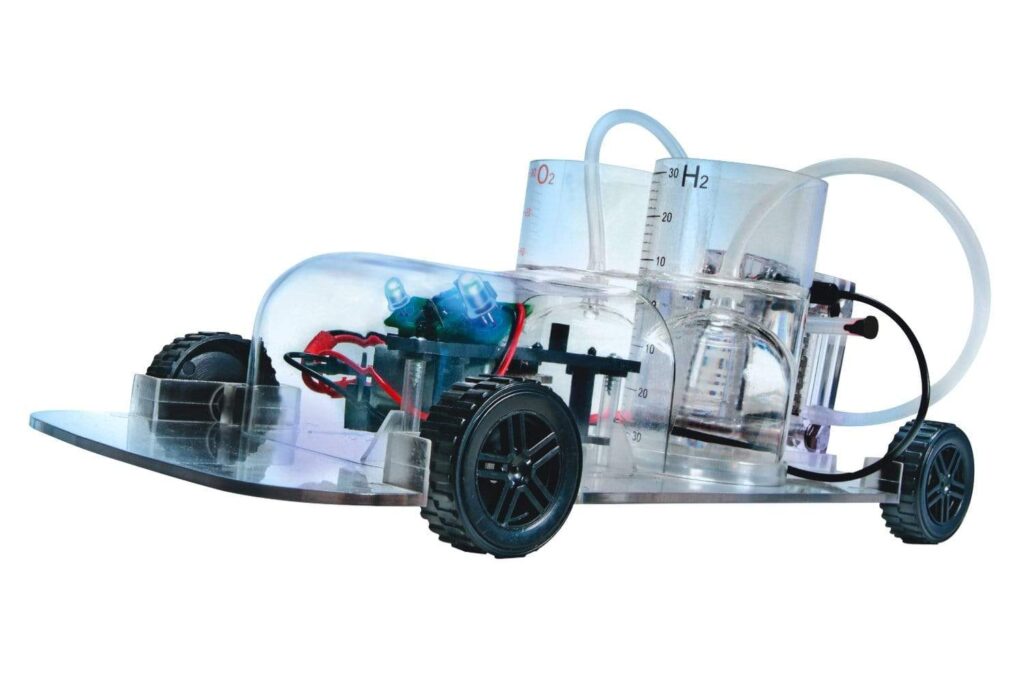
Transportation:
- Fuel cell vehicles (FCVs) are gaining prominence as a sustainable alternative to traditional internal combustion engine vehicles.
- Renowned automakers such as Toyota and Hyundai have introduced commercial fuel cell vehicles, marking a shift toward eco-friendly transportation. Toyota’s pioneering entry into the fuel cell vehicle market is exemplified by the Toyota Mirai, a cutting-edge sedan that first hit the roads in 2014. The Mirai, meaning “future” in Japanese, symbolizes Toyota’s commitment to sustainable mobility by harnessing the power of hydrogen fuel cells. Similarly, Hyundai has made significant strides in the development of fuel cell vehicles, with its flagship model, the Hyundai Nexo. Launched in 2018, the Hyundai Nexo is an SUV that combines advanced fuel cell technology with sleek design, offering a glimpse into the future of green transportation. Hyundai’s dedication to innovation and environmental consciousness is evident in the Nexo’s emission-free performance and impressive driving range. These models, the Toyota Mirai and Hyundai Nexo, represent the tangible realization of the vision set forth by automakers to integrate fuel cell technology into commercial vehicles. As these companies continue to refine and expand their fuel cell offerings, the automotive industry is witnessing a transformative shift toward sustainable and eco-friendly transportation solutions.
Stationary Power Generation:
- Fuel cells serve as stalwarts in stationary applications, providing reliable power for residential and commercial buildings.
- SOFCs and MCFCs are often employed for distributed power generation, contributing to grid stability.
Portable Power:
- Fuel cells power an array of portable devices, from laptops to mobile phones, offering prolonged usage and environmentally conscious energy solutions. Toshiba developed a prototype of a fuel cell-powered laptop called the “Dynario.” The Dynario featured a direct methanol fuel cell (DMFC) that could be fueled by methanol cartridges. While it was a step toward portable fuel cell applications, it didn’t see widespread commercialization. Companies like Samsung and LG have explored integrating fuel cells into their devices. Samsung, for instance, showcased a prototype phone powered by a fuel cell at the Mobile World Congress. However, practical challenges, including the need for infrastructure to provide methanol cartridges or hydrogen refueling, hindered the widespread adoption of fuel cell technology in these devices.
Industrial Applications:
- Industries leverage fuel cells for efficient and clean power, contributing to sustainable manufacturing processes.
Interesting Facts about Fuel Cell Technology
Biological Inspiration:
Fuel cells draw inspiration from biological processes, particularly the way living organisms convert energy. The science behind fuel cells mimics the natural process of cellular respiration, where oxygen and hydrogen combine to produce energy.
Waste Water to Power:
Microbial fuel cells (MFCs) are a unique type of fuel cell that can generate electricity from organic waste water. Bacteria in the water break down organic matter, producing electrons that can be harnessed to generate power.
Urine-Powered Fuel Cells:
Researchers have experimented with urine-powered fuel cells, showcasing the potential of using human waste as a source of energy. While not yet practical on a large scale, it highlights the creative and unconventional applications of fuel cell technology.
Coffee-Powered Technology:
A team of scientists developed a small, portable fuel cell that can be powered by coffee. The “coffee-ring” fuel cell uses a microbial culture to break down the organic compounds in coffee, producing electricity.
Fuel Cells in the Deep Sea:
Fuel cells have been deployed in underwater research and exploration. Submersibles and remotely operated vehicles (ROVs) often use fuel cells as a power source due to their reliability and lack of emissions, allowing for extended missions in delicate marine environments.
Fuel Cells in Art:
Some artists have incorporated fuel cells into their installations to make a statement about sustainable energy. This intersection of art and technology serves as a creative way to engage the public in discussions about clean energy.
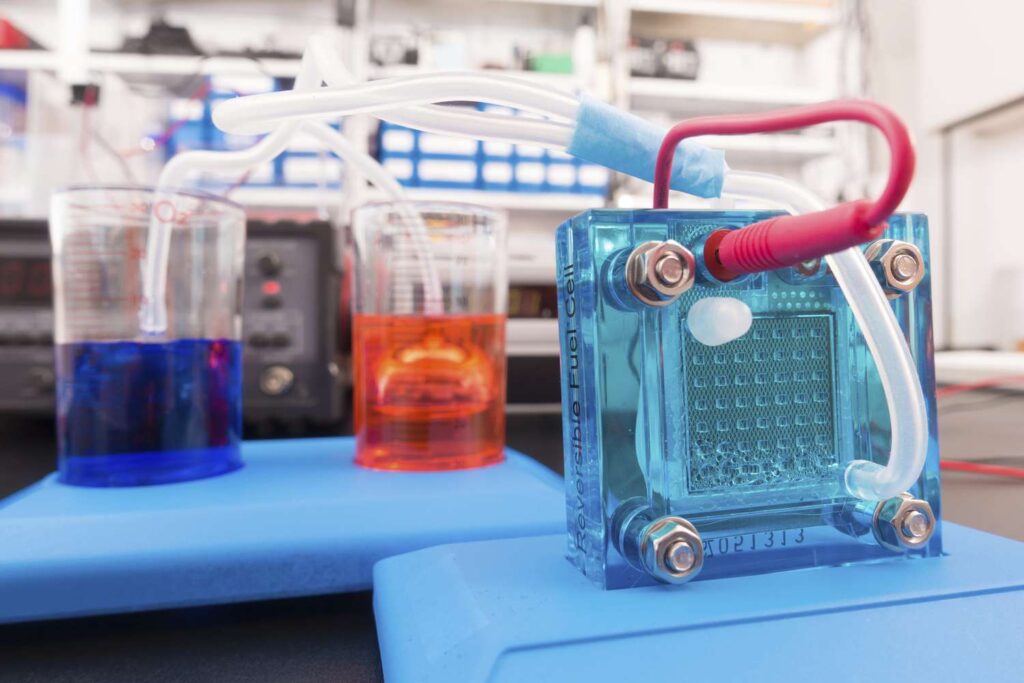
Fuel Cells in Wearable Technology:
Researchers are exploring the integration of fuel cells into wearable technology. Imagine a future where your smartwatch or fitness tracker is powered by a small, efficient fuel cell. Consequently, eliminating the need for frequent recharging.
Fuel Cell-Powered Bicycles:
Hydrogen fuel cells have been employed to power bicycles, offering an alternative to traditional electric bikes. These hydrogen-powered bikes emit only water vapor and can have a longer range compared to battery-powered counterparts.
Fuel Cells and Beer:
Some breweries are utilizing fuel cells to convert the organic waste generated during the beer-making process into electricity. This not only provides a sustainable energy source but also addresses waste management in the brewing industry.
Fuel Cells in the Arctic:
Fuel cells have been employed in remote Arctic locations to generate power. Their ability to operate in extreme conditions, coupled with the reliability of fuel cell technology, makes them valuable in areas where traditional power sources may be impractical.


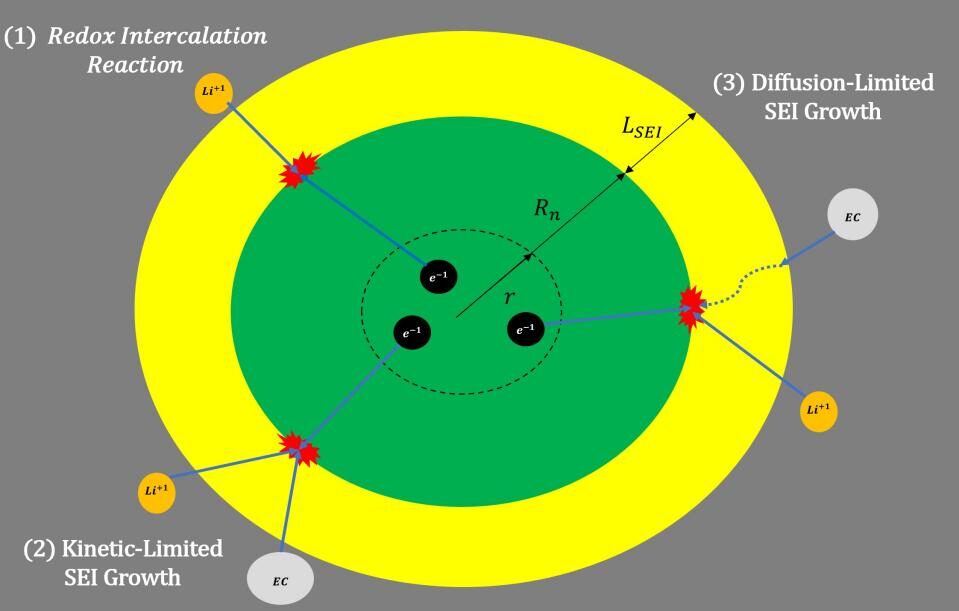
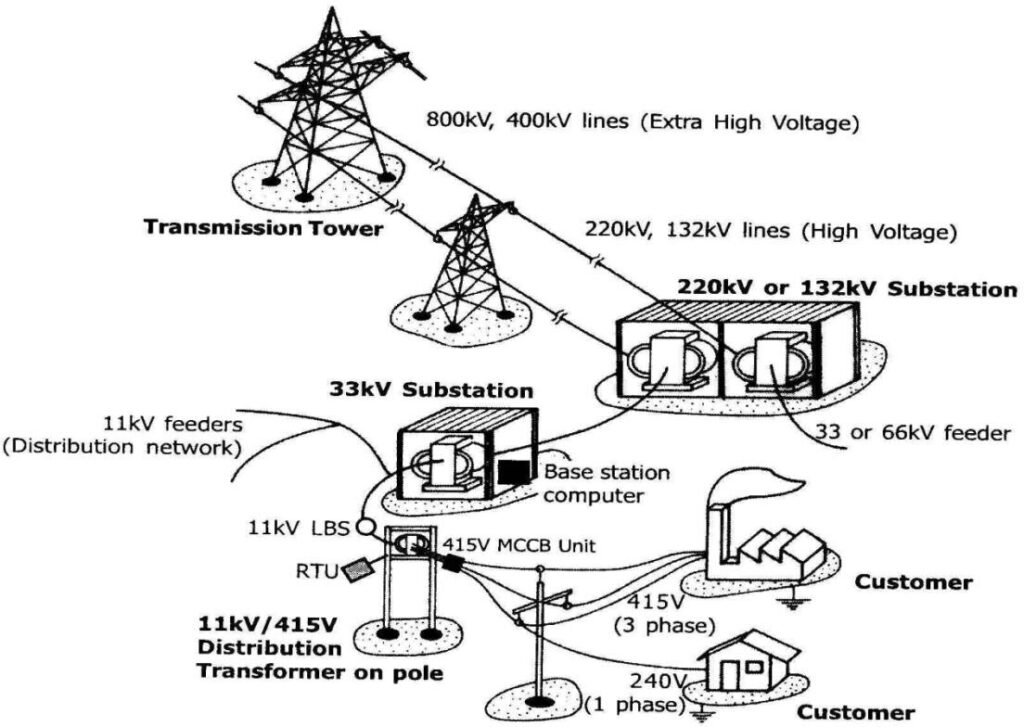

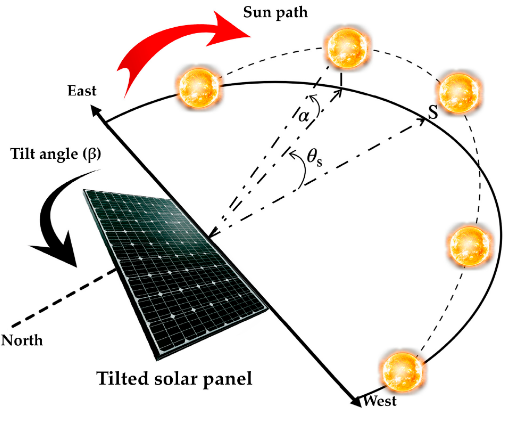







Responses